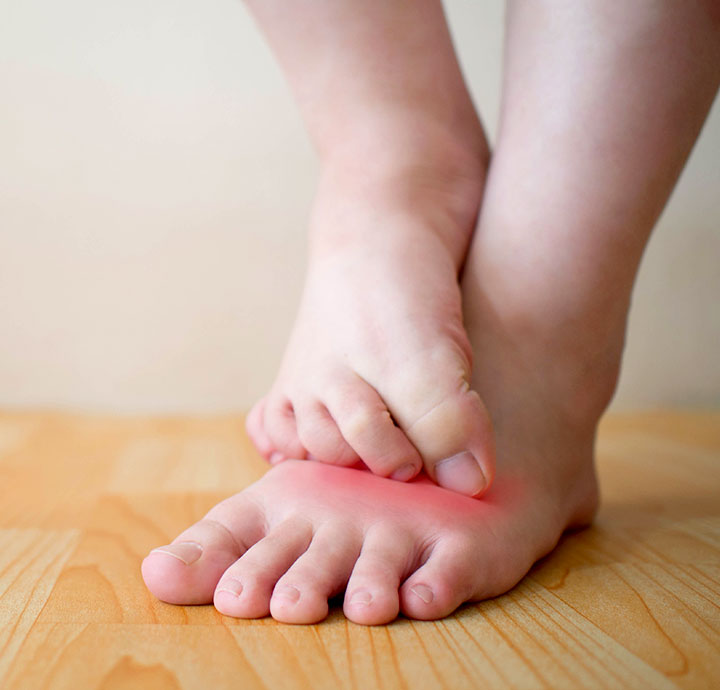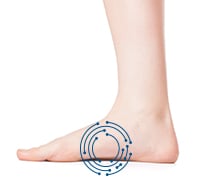The Facts on Athlete's Foot:
WHAT IS ATHLETE'S FOOT?
Athlete’s foot is common skin infection caused by fungal organisms that grow on the feet, typically begins between the toes. The fungus thrives in warm, moist environments and spreads through direct contact with an infected person or by touching surfaces contaminated with the fungus.

Signs and symptoms of athlete’s foot include a scaly rash that usually causes itching, stinging and burning. Itching is often worst after taking off your shoes and socks.
Some types of athlete’s foot produce blisters or ulcers. Other infections may cause chronic dryness and scaling that spread up the side of the foot. This can sometimes be mistaken for eczema or dry skin.
The infection can affect one or both feet and can spread to your hands, particularly if you scratch the infected areas of your feet.
WHAT CAUSES ATHLETE'S FOOT?
Athlete’s foot is closely related to other fungal infections, such as ringworm and jock itch. It is contagious and can be spread on contaminated floors, towels or clothing.
Athlete’s foot fungi are commonly found in:
- Showers
- Locker room floors
- Around swimming pools.
- Damp socks and shoes, and warm, humid conditions encourage the growth of the fungus on your feet that causes athlete’s foot.
Athlete’s foot can often be effectively treated and/or prevented with over-the-counter antifungal sprays and powders.
Prescription medications may be required, particularly if the infection hasn’t cleared after the specified period of self-treatment with over-the-counter products. If you have diabetes, and suspect you have athlete’s foot, you should see your doctor, especially if you notice signs of a bacterial infection, such as excessive redness, swelling, drainage or fever.
Keep Athlete’s Foot in Check and Keep Moving
Steps you can take to relieve and prevent athlete’s foot:
- Try over-the-counter antifungal sprays that absorb excess moisture and treat and prevent athlete’s foot
- Avoid wearing damp socks or tight-fitting shoes
- Don’t share mats, rugs, bed linens, clothes or shoes with someone who has a fungal infection
- Don’t walk barefoot in places where infection can spread, such as locker rooms, swimming pools, community baths and showers
Not a medical diagnosis. For information purposes only. If you have diabetes, poor blood circulation, or fragile skin, or symptoms are severe or persist, consult your podiatrist or physician before using products.

